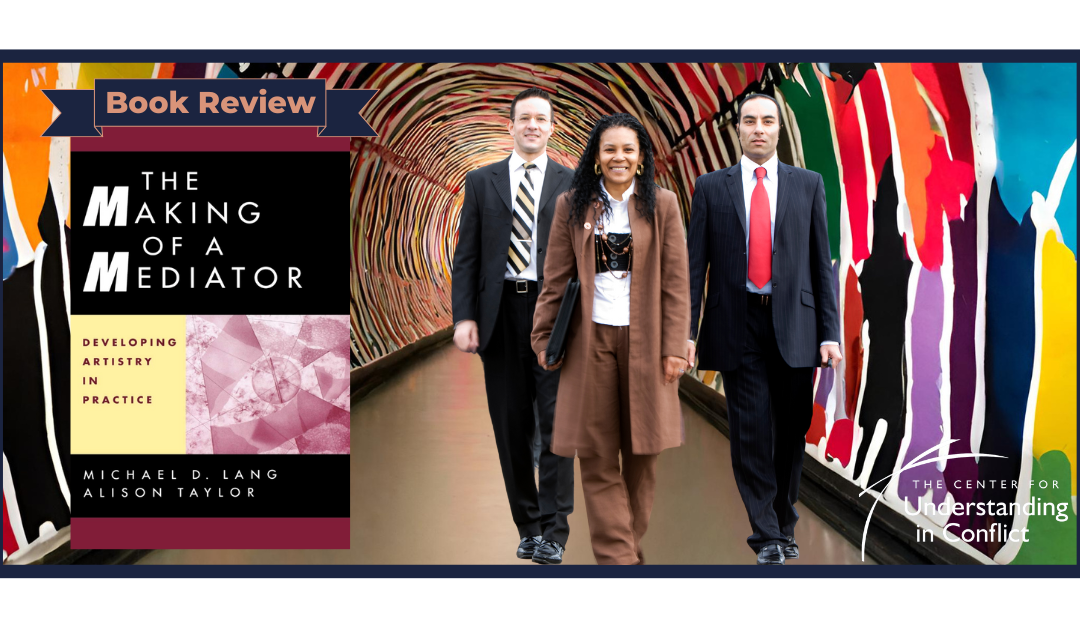As conflict resolution and mediation practitioners, we continuously seek ways to refine our craft, enhance our skills, and deepen our understanding of the complex dynamics in mediation processes. In The Making of a Mediator, Michael D. Lang and Alison Taylor comprehensively explore the artistry behind effective mediation. Through a blend of theoretical insights, practical guidance, and real-world examples, Lang and Taylor offer a roadmap for mediators to cultivate their expertise and navigate the intricacies of mediation with finesse.
At its core, the book is a testament to the transformative power of mediation when practiced with intentionality and skill. It emphasizes the importance of approaching mediation not merely as a set of techniques but as a holistic endeavor that requires deep self-awareness, empathy, and a commitment to facilitating constructive dialogue. Drawing upon their extensive experience as mediators and educators, Lang and Taylor share invaluable wisdom on every aspect of the mediation process, from preparation and opening statements to managing emotions and reaching durable agreements.
One of the book’s greatest strengths lies in its exploration of mediators’ multifaceted roles throughout the mediation journey. The authors artfully dissect the mediator’s role as a facilitator, communicator, negotiator, and guardian of the process. They underscore the significance of maintaining neutrality while fostering an environment of trust and collaboration among parties with divergent interests. Through compelling anecdotes and case studies, they vividly illustrate the myriad challenges mediators may encounter and provide practical strategies for navigating them with grace and efficacy.
Central to the book’s thesis is the mediator artistry—a concept that transcends mere technical proficiency and encompasses mediation’s intuitive, creative, and relational dimensions. Lang and Taylor argue that while one can learn to become a mediator, true mastery emerges through ongoing reflection, refinement, and a willingness to embrace the inherent uncertainty of the mediation process. By framing mediation as an art form, the authors invite mediators to cultivate their unique style, intuition, and presence, elevating the practice from a mechanical exercise to a profoundly human endeavor.
Lang and Taylor underscore the importance of self-awareness and continuous learning in the mediator’s journey throughout the book. They encourage mediators to practice reflection by critically examining their biases, assumptions, and communication patterns. By embracing vulnerability and a growth mindset, mediators can deepen their understanding of conflict dynamics and enhance their ability to connect with parties on a profound level. Moreover, the authors advocate for ongoing professional development and peer support as essential components of mediator growth, emphasizing the value of community and collaboration in honing one’s craft.
A recurring theme in “The Making of a Mediator” is the significance of empathy and active listening in mediation. Lang and Taylor emphasize the transformative potential of empathic engagement, wherein mediators seek to understand parties’ underlying needs, fears, and aspirations. Through empathic listening, mediators can foster rapport, defuse tension, and uncover common ground amidst seemingly intractable conflicts. The authors provide practical techniques for cultivating empathy, such as paraphrasing, reflecting emotions, and reframing perspectives, underscoring the pivotal role of empathic attunement in fostering constructive dialogue and mutual understanding.
In addition to interpersonal skills, Lang and Taylor devote considerable attention to mediation practice’s logistical and ethical dimensions. They offer guidance on designing effective mediation processes, managing power differentials, and navigating ethical dilemmas with integrity and professionalism. By equipping mediators with a robust ethical framework and practical tools for upholding fairness and confidentiality, the authors empower mediators to navigate complex ethical terrain with confidence and clarity.
One of the book’s most compelling features is its integration of diverse perspectives and theoretical frameworks from conflict resolution. Drawing upon insights from psychology, communication theory, and systems thinking, Lang and Taylor provide a rich tapestry of concepts and models that deepen mediators’ understanding of human behavior and relational dynamics. Whether exploring the dynamics of power, culture, or emotion, the authors offer nuanced insights that resonate with the complexities of real-world mediation practice.
Through its blend of theoretical rigor, practical wisdom, and heartfelt storytelling, Lang and Taylor illuminate the transformative potential of mediation as both an art and a science. Whether you are a novice mediator seeking guidance or a seasoned practitioner looking to deepen your expertise, this book will inspire, challenge, and elevate your practice.

